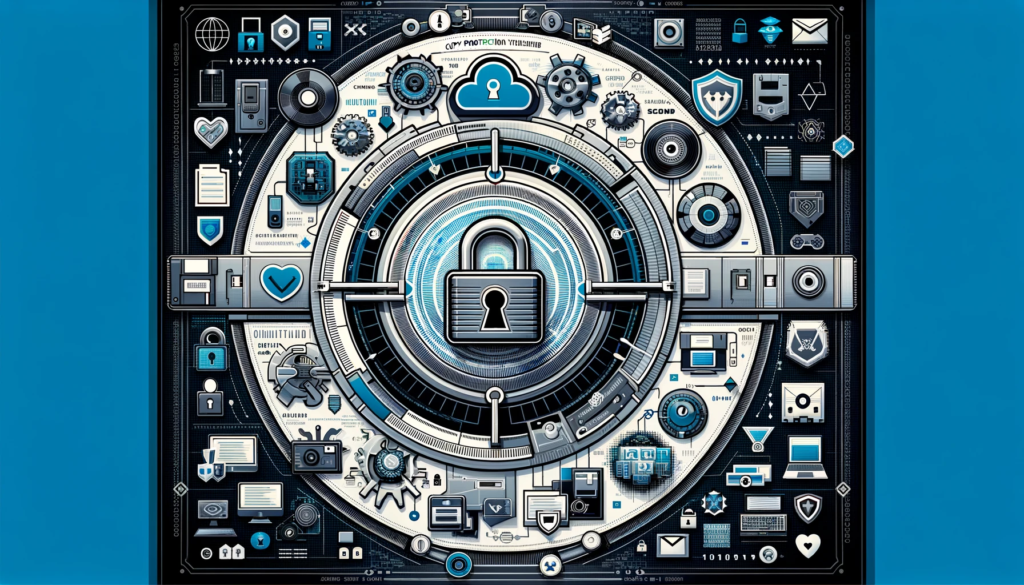In the shadow of the rapid development of the computer game industry, an equally dynamic and complex area has evolved: copy protection.
From the humble beginnings in the 1970s, when games were initially distributed on cassettes and later on floppy disks, to today’s sophisticated Digital Rights Management (DRM) systems, the fight against software piracy has continuously evolved.

This article sheds light on the fascinating history of copy protection in computer games – an arms race between developers wanting to protect their intellectual property and those trying to circumvent these protective measures. An environment full of creative solutions, technological breakthroughs, and constant challenges in the balance between copyright, user experience, and technological innovation.
The history of copy protection in video and computer games is a fascinating topic that reflects the constant evolution of technology and the ongoing efforts of developers and publishers to protect their products from unauthorized reproduction. The history is marked by a constant competition between the manufacturers’ protective measures and the efforts of hackers and software pirates to circumvent them.
Early Developments (1970s and 1980s): The beginnings of copy protection date back to the late 1970s, when games were first distributed on cassettes and later on floppy disks. One of the first games with physical copy protection was “Microsoft Adventure” for the TRS-80, the first major game to be released exclusively on floppy disk. At this time, the so-called “Warez scene” also began, in which programs were modified and distributed for the purpose of piracy.
Various Copy Protection Methods: In the 1980s, various methods were used to protect software. An example is the “Spiradisc” method for the Apple II, where data was written in spiral paths on floppy disks to make copying more difficult. Other methods included the use of external interactive media such as code books or special instructions that required ownership of the original manual. Another example is the “Lenslok” system, where a small plastic prism was used to decipher codes displayed on the screen.
Creativity and Subtlety: Over time, publishers became more creative in dealing with illegal copies. Some games initially showed that the copy was successful but eventually made it unplayable. For example, the game “Operation Flashpoint: Cold War Crisis” gradually reduced the accuracy of weapons in a recognized pirated version until it became unplayable.
Digital Rights Management (DRM): More recently, digital rights management systems such as Steam, Epic Games Store, and Battle.net have become popular. They offer additional features such as cloud storage and automatic patches, which are not available in pirated versions, to make purchasing legal copies more attractive.
Online Authentication and Always-on DRM: Some games require permanent internet connection for authentication, which is often quickly circumvented by the piracy scene.
Activation as an Effective Method: One of the most effective forms of copy protection has proven to be the idea of activation, where a program must connect to a server when used. This has not completely eliminated piracy but has significantly weakened its effects.
This brief but historical overview shows how copy protection has evolved over time and continues to be an important topic for software manufacturers and developers. It is a dynamic area where technologies and countermeasures are constantly evolving.
The history of copy protection in computer games is not just a chronicle of technological progress but also a reflection of the changing relationships between developers, users, and the digital market. While copy protection methods are becoming more sophisticated, challenges such as user-friendliness, ethical concerns, and legal frameworks remain. The future of copy protection in the gaming industry will undoubtedly be shaped by further technological innovations, but also by an ongoing discussion about rights, accessibility, and fairness. This dynamic tension between protection and freedom will remain a central theme in the world of computer games.
